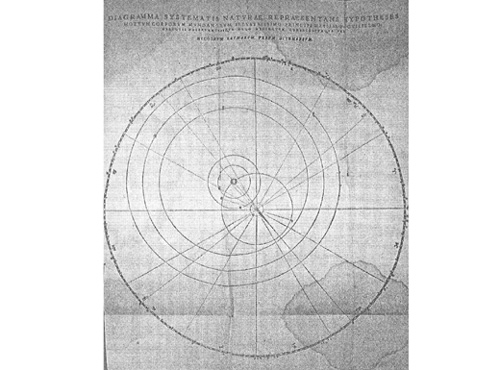
© Associated PressEgyptian laborers are seen by a shaft that leads to a burial chamber where eight revealed sarcophagi found inside a 26th Dynasty limestone sarcophagus along with other mummies at the ancient necropolis
Illuminated only by torches and camera lights, Egyptian laborers used crowbars and picks Wednesday to lift the lid off a 2,600-year-old limestone sarcophagus, exposing - for the first time since it was sealed in antiquity - a perfectly preserved mummy.
The mummy, wrapped in dark-stained canvas, is part of Egypt's latest archaeological discovery of a burial chamber 36 feet below ground at the ancient necropolis of Saqqara. The find, made three weeks ago, was publicly announced Monday and shown to reporters for the first time Wednesday.
Egypt's archaeology chief Zahi Hawass has dubbed it a "storeroom for mummies," because it houses eight wooden and limestone sarcophagi as well as at least two dozen mummies.
Hawass led a group of international media Wednesday into the burial chamber, supervising as one person at a time was lowered into the shaft, holding on to a rope-pulled winch turned by workers above ground.
"It's moments like these, seeing something for the first time, that hold all the passion of archaeology," Hawass said after the mummy was unveiled.







